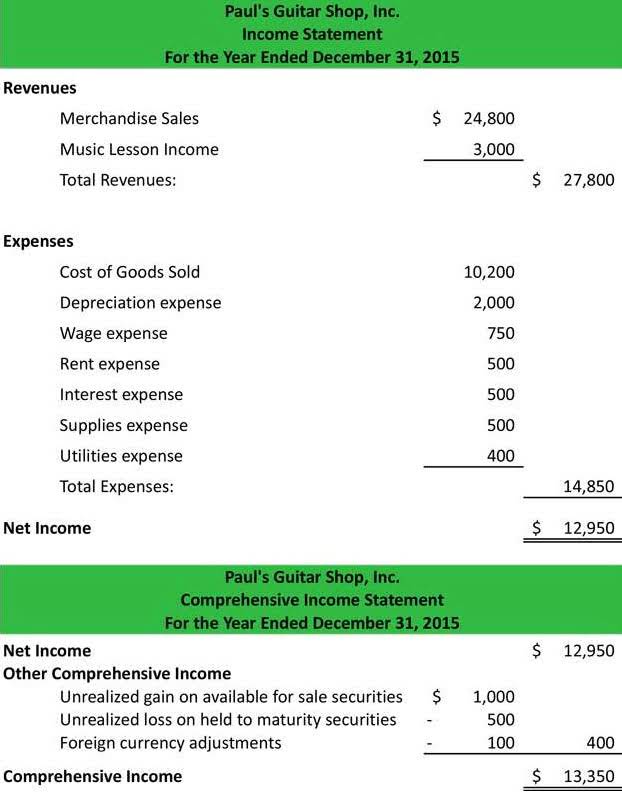
That includes rent, depreciation, business or property insurance, maintenance, cleaning supplies, and property taxes. Every employee’s wages, benefits, and payroll taxes must be accounted for and apportioned. If you operate a vineyard in addition to winery, include those labor expenses in your total labor cost. The charts below demonstrate how certain overhead and direct production costs might flow through the balance sheet and income statement.
Let’s get you a better winery bookkeeping team

As specialized winery accountants, our approach combines industry experience, the latest in cloud accounting technology, and human compassion. Our team of winery accountants is focused exclusively on helping small wineries thrive. All of these costs should be accounted for in the costing of your product and ultimately the value of your inventory. The single biggest issue we see with our winery clients is undervaluing their inventory. Knowing the COGS is essential if you want to know the gross profits you earn on different wines. You can take the price of a sold bottle and subtract the COGS to determine the gross profit you earned.
- Reach out to Protea Financial if you need help with your wine accounting or bookkeeping, or even if you aren’t sure what the next step for your business should be.
- The chart of accounts is the organizational framework upon which all of your financial information hangs.
- When using the cash basis for tax, the tax prepreparer has more flexibility in applying tax regulations to your situation to ensure you are minimizing your tax liability.
- The truth is that you have quite a lot of leeway when it comes to how you group your expenses on the COA, however, there are 6-7 main categories that we generally recommend for small wineries.
- One of QuickBooks Online’s recent updates is the ability to send receipts directly to your file, which we think is really useful for most wineries.
- This process, generally managed by the tax preparer, involves reversing certain entries to align with tax reporting requirements.
Winery Accounting:

Reach out to Protea Financial if you need help with your wine accounting or bookkeeping, or even if you aren’t sure what the next step for your business should be. As a general rule, small wineries should trial balance be on a cash basis for tax. When using the cash basis for tax, the tax prepreparer has more flexibility in applying tax regulations to your situation to ensure you are minimizing your tax liability. When calculating labor costs, it can be difficult to pin down the pay of executives and owners to any one specific department, let alone a single vintage.
Liability accounts
When you try to use the inventory module in QuickBooks, the inventory counts get tangled up with the inventory costs, and it can be very difficult to untangle. From our experience, it has been best to deal with this challenge outside of QBO. However, we warn clients to take their time with any new features they adopt and to know that they don’t need to adopt every feature that QuickBooks Online offers. QuickBooks Online is still a solid foundation for your accounting, even when you are not using all the program’s bells and whistles. After onboarding, we will fall into a regular cadence of weekly bookkeeping, monthly reporting, and quarterly check-ins. Our packages typically range from $1500/month to $4000/month, depending on the size and complexity of your winery and the level of work we are doing.
Risk & IT Compliance
For case goods inventory, we encourage clients to establish a single source of truth outside of QuickBooks Online for inventory information. This source of truth can be your POS system, like OrderPort, or a spreadsheet if you need to combine sales and depletions from several sources. If you’re already using Dext or Bill.com, these platforms have the same functionality, so you may not need this function in QuickBooks. One of QuickBooks Online’s recent updates is the ability to send receipts directly to your file, which we think is really useful for most wineries. It also has extraction abilities, so it can pull information from invoices and receipts and put it directly into QuickBooks Online. Even as accountants who use it daily, the new features often surprise us.
In order for a winery to use LIFO for tax purposes, it is also required to use it for financial reporting purposes. Typically, wineries utilizing LIFO initially utilize SPID or FIFO for internal, managerial accounting purposes and record a LIFO reserve to adjust to LIFO for financial reporting and tax purposes. Understanding the principles of accrual accounting gives you a solid foundation winery bookkeeping in better winery accounting. Now, let’s explore a concept that can significantly improve your financial insights — managing production accounts. Our team has extensive experience in the wine industry and can help you navigate your books, accounting, inventory valuation and more.
- For most wineries, we recommend using the QuickBooks Online Plus Plan and then adding on external systems for functions such as payroll and inventory management.
- Here are some examples of common overhead expenses of this kind and how they’re typically broken down.
- Our team of industry veterans dives deep into your financial data, analyzing key performance indicators such as farming cost per acre and inventory turnover.
- For example, don’t create a “tasting room rent” expense if you are not renting tasting room space.
- If you’re looking for an accounting firm who can help you grow and thrive, book a free consultation today to learn about how RHN can support you.
- We will gather information and documents, conduct a deep dive into the health of your books, and take care of any necessary clean-up.
- The Expense section of your chart of accounts contains your “GS&A” accounts–that is, your General, Selling, and Administrative expenses.
In other words, management reports are the diagnostics on your winery’s financial health. We then calculate the cost of wine sold outside of QuickBooks and then post Wine COGS as a journal entry each month. You can also check out Protea Academy on YouTube, a weekly discussion on accounting for vineyards.

Lowering your overall COGS will help increase your profit marge, but there are plenty of considerations to carrying this out successfully. By contrast, COGS refers to all the costs incurred per bottle of wine sold. This can be attributed to COGP of particular varietals or vintages sold and costs included in selling the wine and getting it to the customer. Beverage industry bookkeeping breaks down costs into two main groups.
What’s included in Core Accounting Services?
While this may generally be the case with wine shop retail items that you purchase and resell; it may not be the most appropriate method for wine inventories. Most wineries will have products that need to age for varying amounts of time. For example, some wines are produced and sold more quickly than others.
